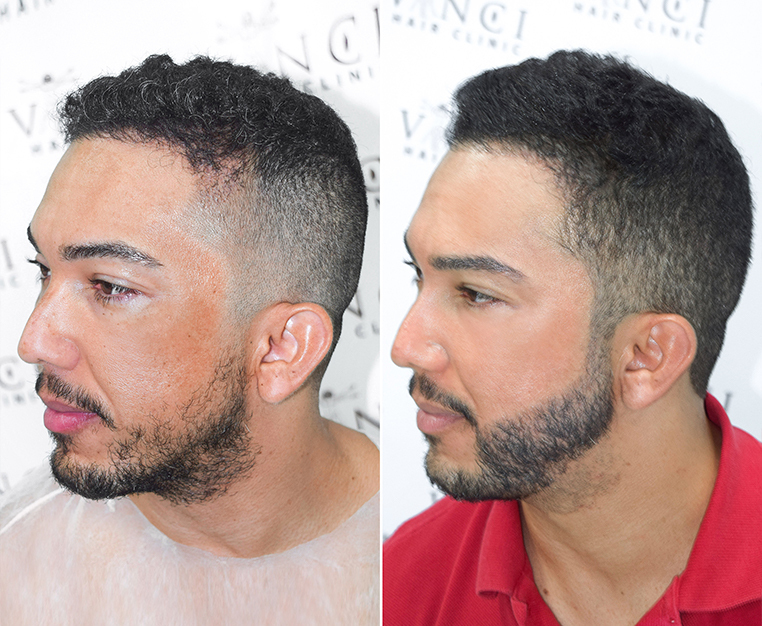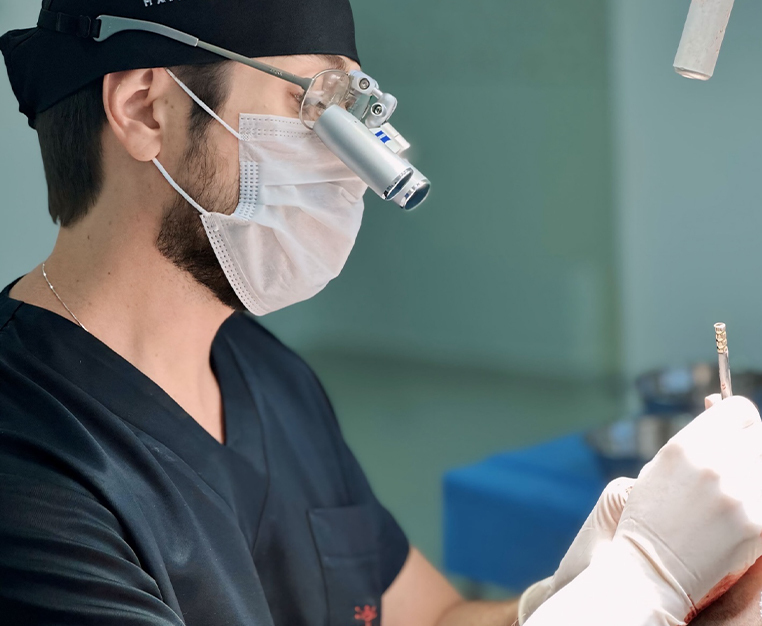It’s a disturbing feeling when you think you’re losing your hair. Seeing your strands on the pillow, in the shower drain or stuck between the teeth of a comb can be more than a little distressing. Don’t panic just yet though! Daily hair loss is simply part of the hair’s natural growth cycle, and that’s what you might be seeing. But how do you know if what you’re seeing goes beyond that?
This article will take a look at some ways to figure that problem out!
What’s Normal?
First of all, it’s important to understand that it’s normal to shed some hair every day. Indeed, the average person loses around 50-100 hairs per day. However, if you’re noticing more hair fall than usual, or if you’re seeing bald patches or thinning areas, it may be a cause for concern.
One way to determine whether you’re losing too much hair is to pay attention to how much hair you’re shedding in the shower or on your pillow. If you’re seeing clumps of hair coming out, or if you’re constantly having to clean hair out of your brush or comb, that could be a sign of excessive shedding. Another way to tell is to look at the density of your hair. If you notice that your hair is visibly thinner than it used to be, that could also be an indication of hair loss.
Types of Hair Loss
Another way of determining whether what you’re experiencing is excessive is to figure out if you fit the profile for any of the typical types of hair loss. There are several different types, including male and female pattern baldness, alopecia areata (an autoimmune disorder that causes hair to fall out in patches) and telogen effluvium (a temporary form of hair loss often caused by stress or hormonal changes).
Illness, and the medications used to treat it, can also be a factor. Chemotherapy is the classic example in this context, but thyroid disorders can affect hormone levels in the body and can also lead to hair loss. Nutritional deficiencies, particularly iron deficiency, can also cause hair loss.
If you suspect that there’s a medical issue causing your hair loss, book an appointment with your doctor. If your hair loss is merely a symptom of an underlying problem, it won’t improve until that problem is sorted.
Is Age a Factor?
One thing to keep in mind is that hair loss can be more common among certain age groups and populations. For example, a study published in the Journal of Investigative Dermatology in 2019 found that hair loss and thinning could be caused by age-related effects on the hair follicle epithelial stem cell (HFSC) function. There are also hormonal changes that women are exposed to during menopause.
That’s why hair loss becomes more prevalent as people age, with up to 80% of men and 50% of women experiencing some degree of hair loss by the age of seventy. Additionally, certain groups within populations may be more prone to hair loss due to genetic or environmental factors. There is evidence to suggest, for example, that Black men experience lower rates of male pattern baldness than White men, while the condition is largely absent in Native Americans.
Treatments
When it comes to treatment options for hair loss, there are several options available. Depending on the underlying cause and type of hair loss, you may benefit from medications such as minoxidil or finasteride, or procedures such as micro scalp pigmentation (MSP), platelet-rich plasma (PRP) or hair transplant surgery.
Additionally, research has found that deficiencies in certain vitamins and minerals, such as Vitamin D, iron, and zinc, can contribute to hair loss, so it’s important to maintain a healthy diet and lifestyle. Several natural remedies and supplements can help promote hair growth, such as biotin, saw palmetto, and essential oils like lavender and rosemary.
We mentioned earlier that telogen effluvium can be triggered by bouts of prolonged stress, so if you feel under pressure, you should seek out ways of managing it constructively. Exercise, meditation or even therapy all provide useful ways of unwinding and hitting the reset button!
Conclusion
In conclusion, while it’s normal to shed some hair regularly, excessive hair loss can be a cause for concern. If you’re seeing more hair fall than usual, or if you’re noticing thinning areas or bald patches, it may be a good idea to consult a professional. They can help you determine whether you’re losing too much hair and recommend appropriate treatments to help you regrow your hair and boost your confidence.
Vinci Hair Clinic can help when it comes to professionals, as we employ some of the best in the business. We offer a free, no-obligation consultation to all our new clients. This can happen in one of our many clinics around the world or over the phone using photographs, whatever suits you best. Get in touch today and schedule your appointment!





